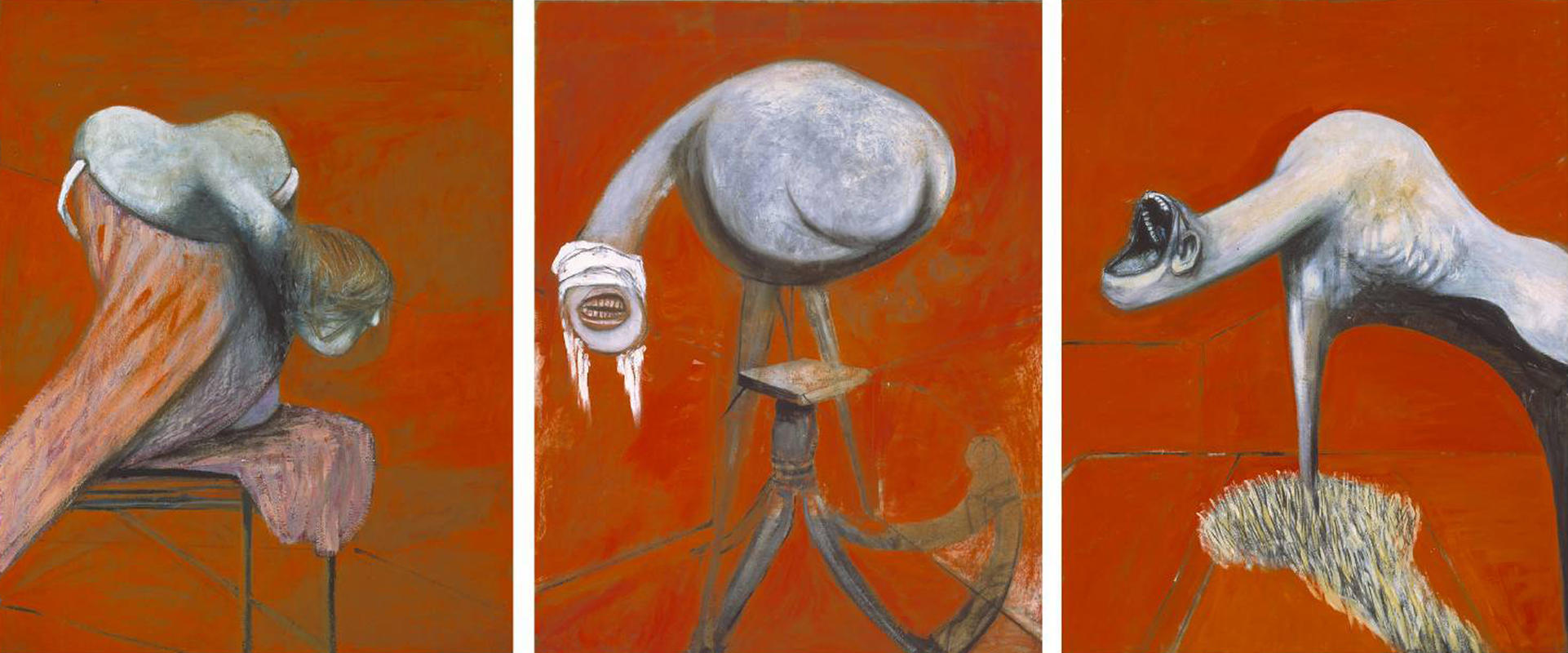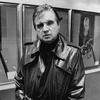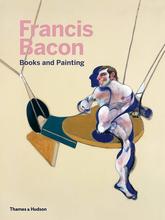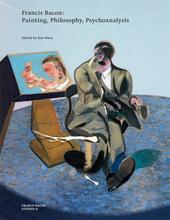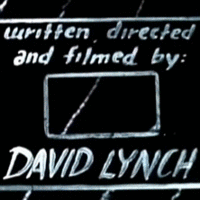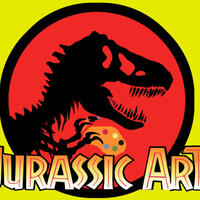More about Three Studies for Figures at the Base of a Crucifixion
- All
- Info
- Shop

Contributor
Maybe it's a drug flashback but I believe this Francis Bacon creature must have been the inspiration for one of the greatest horror/sci-fi movies of all time.
I saw the movie Alien when it came out in 1979. A mate and I unwisely finished some medical marijuana for our "condition" and figured that sitting in the front row would make the whole thing more real. When the chest burster, or face hugger, which ever, tore through a crew member’s ribs I jumped straight up like a terrified cat, then made myself as small as possible in the smelly fabric of the seat. Thirty years later, I may have overcome the shock. It’s not clear. When I saw that ugly little bastard again, in the safety of my own living room and on a small screen across the room, I still thought, "Who on earth could imagine such a horror?"
Sick puppy Francis Bacon is my answer. He made the original chest buster in 1944, in studies for Figures at the Base of a Crucifixion. It took about 30 years to get the horror right. Many years later, H.R. Giger nailed it by bringing the little sucker into three-dimensional life.
Why?! Because, Giger explains, nothing terrifies us more than slimy living things entering our bodies, growing inside, and then making a bloody surprise appearance. It’s like the stories we heard as kids, of bugs laying eggs in one’s ears and then hatching under our skin and crawling out of your neck in a river of puss.Painting or film, the whole business remains refreshingly horrible...
Featured Content
Here is what Wikipedia says about Three Studies for Figures at the Base of a Crucifixion

Three Studies for Figures at the Base of a Crucifixion is a 1944 triptych painted by the Irish-born British artist Francis Bacon. The canvasses are based on the Eumenides—or Furies—of Aeschylus's Oresteia, and depict three writhing anthropomorphic creatures set against a flat burnt orange background. It was executed in oil paint and pastel on Sundeala fibre board and completed within two weeks. The triptych summarises themes explored in Bacon's previous work, including his examination of Picasso's biomorphs and his interpretations of the Crucifixion and the Greek Furies. Bacon did not realise his original intention to paint a large crucifixion scene and place the figures at the foot of the cross.
The Three Studies are generally considered Bacon's first mature piece; he regarded his works before the triptych as irrelevant, and throughout his life tried to suppress their appearance on the art market. When the painting was first exhibited in 1945 it caused a sensation and established him as one of the foremost post-war painters. Remarking on the cultural significance of Three Studies, the critic John Russell observed in 1971 that "there was painting in England before the Three Studies, and painting after them, and no one ... can confuse the two".
Check out the full Wikipedia article about Three Studies for Figures at the Base of a Crucifixion

